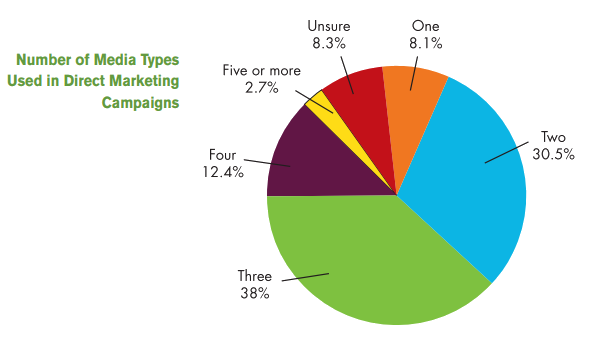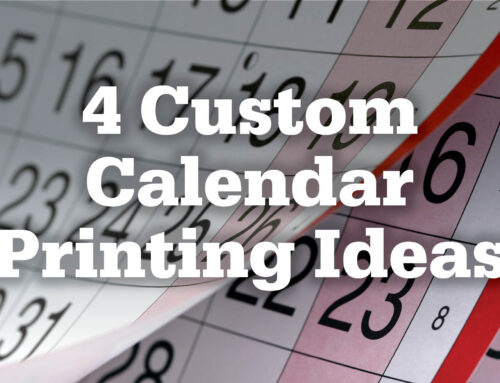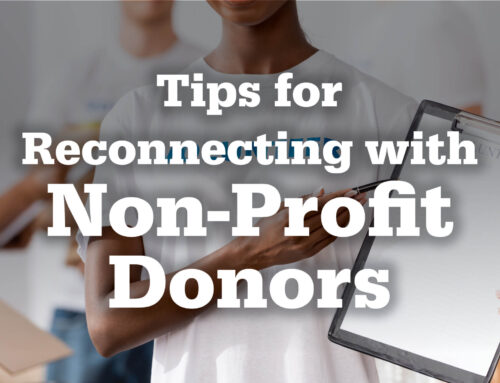Setting the Stage for Lead Gen: Understanding Today’s Buyer
The digital explosion of the past several years has caused a significant shift in consumer behavior and dramatically altered the way buyers and donors decide how and where to spend their money.
With the wealth of materials available online via search engines and social networks, your prospects are searching for and learning about your product and service offerings, your organization’s reputation and history and even engaging with your customers before ever contacting your sales department or walking into your business.
This shift has created a more empowered buyer, less interested in the cold sales call and more apt to seek solutions and information on their own terms. Inbound lead activity (where a prospect finds you) now generates slightly more volume (52%) than traditional outbound lead building (where you actively seek prospects), meaning control is nearly evenly balanced.
It has also created a cross-channel reality where your customers and donors will engage with you in multiple ways, driving most direct marketers to use two-to-three channels to reach their campaign targets. (See chart.)
Studies show cross-channel marketing can improve response rates by as much as 35%.2 What’s more, cross channel shoppers spend up to 10 times more and are 25-50% more profitable than those who rely on a single medium to make their buying decisions.
In this guide, we’ll talk about how to segment your market to target leads more effectively. We’ll look at lead generation best practices and channels being used by B2B, B2C and nonprofit marketers. We’ll discuss specific channel strategies you can implement, illustrated by case studies of successful campaigns. Finally, we’ll talk about the importance of lead nurturing across channels to move your prospects forward in their decision to spend their time and money with you.






